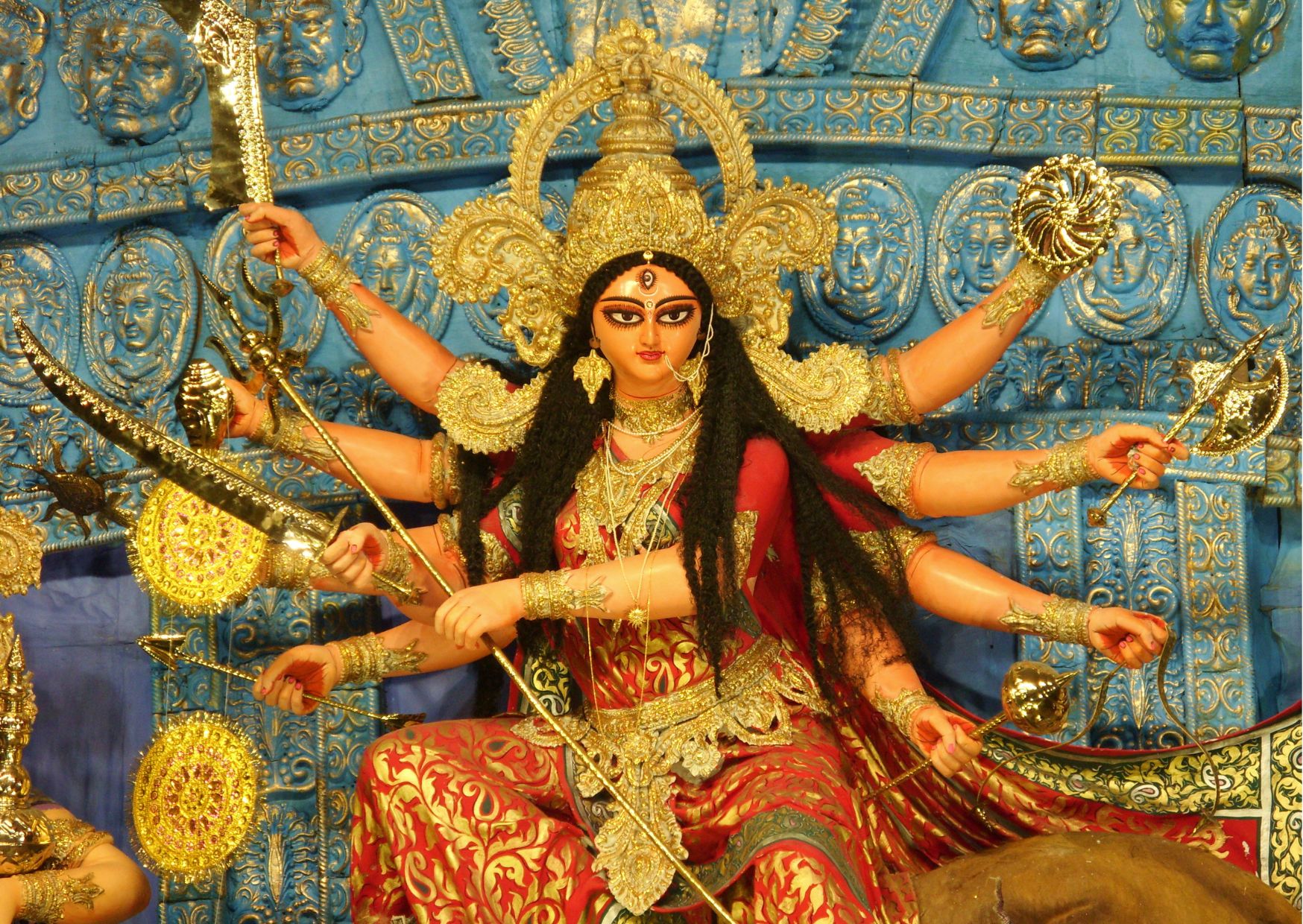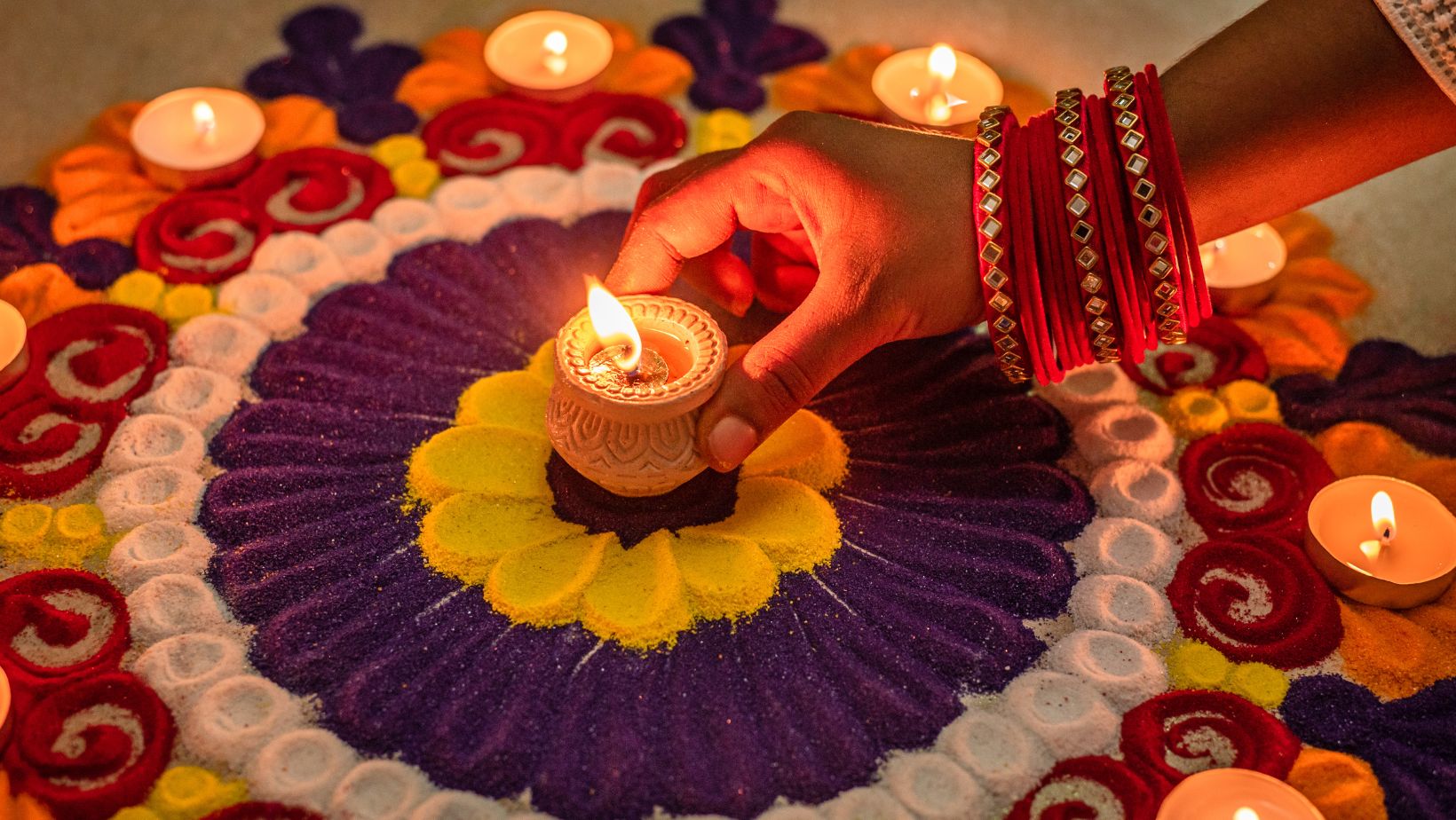Forgotten scripts of Indian languages
Exploring the lost scripts of Indus, Kharosthi, Tamil-Brahmi, Sharada, Modi, and Takri and their significance in Indian linguistic history
India is a country that is home to a diverse range of languages and scripts. While many of these scripts are well-known and widely used today, there are also several forgotten scripts of Indian languages that have been lost to history. These scripts were once used by different communities in India to write their languages, but over time, they were gradually replaced by other scripts, and today, they are all but forgotten. In this blog, we will explore some of these forgotten scripts and their history.
Indus script
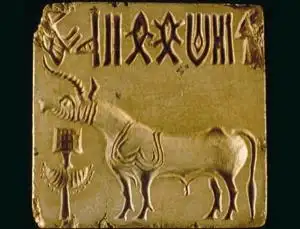
One of the most famous forgotten scripts of Indian languages is the Indus script. This script was used during the Indus Valley Civilization, which flourished from around 2600 BCE to 1900 BCE in the northwestern regions of the Indian subcontinent. The Indus script is one of the oldest scripts in the world, and it has been found on seals and tablets made of various materials such as terracotta, steatite, and copper. However, despite the efforts of many linguists and scholars, the Indus script has not yet been deciphered, and much of its meaning remains a mystery.
Kharosthi script
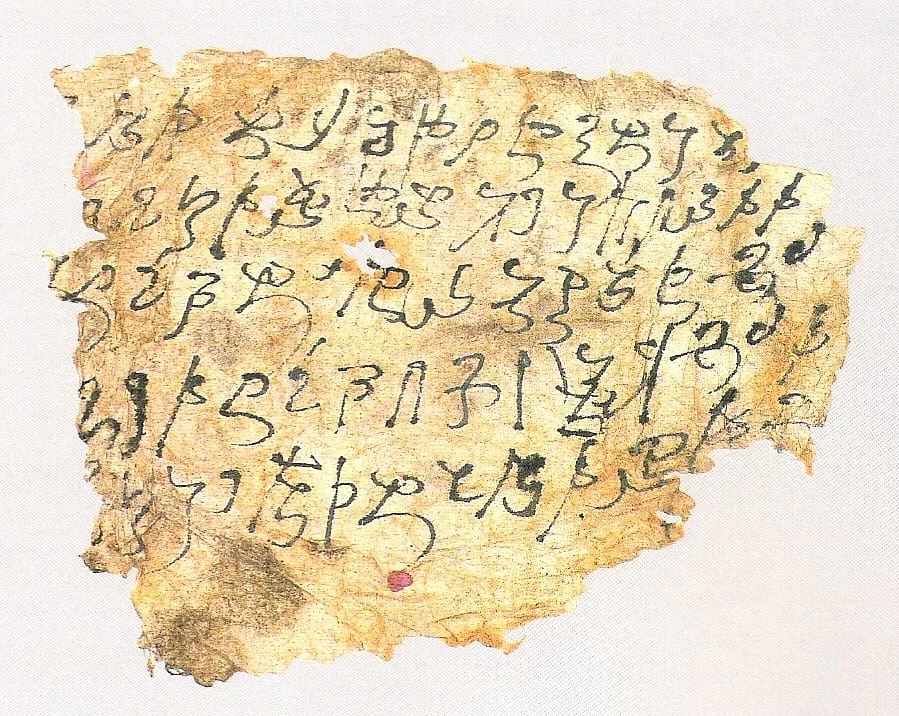
Another forgotten script of Indian languages is the Kharosthi script. This script was used to write the Gandhari language, which was spoken in the region that is now Pakistan and Afghanistan. The Kharosthi script was also used to write other languages such as Sanskrit and Prakrit. The script was written from right to left, and it was used from the 3rd century BCE to the 4th century CE. Today, very few examples of this script survive, and it is mostly known from inscriptions found in ancient Buddhist stupas and rock-cut caves.
Tamil-Brahmi script
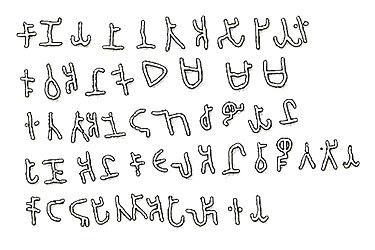
The Tamil-Brahmi script is another forgotten script of Indian languages. This script was used to write the Tamil language, and it was used from around the 3rd century BCE to the 6th century CE. The Tamil-Brahmi script was based on the Brahmi script, which was used to write many Indian languages. However, the Tamil-Brahmi script had some unique features that were specific to the Tamil language. Today, very few examples of this script survive, and it is mostly known from inscriptions found on cave walls and pottery.
Sharada script
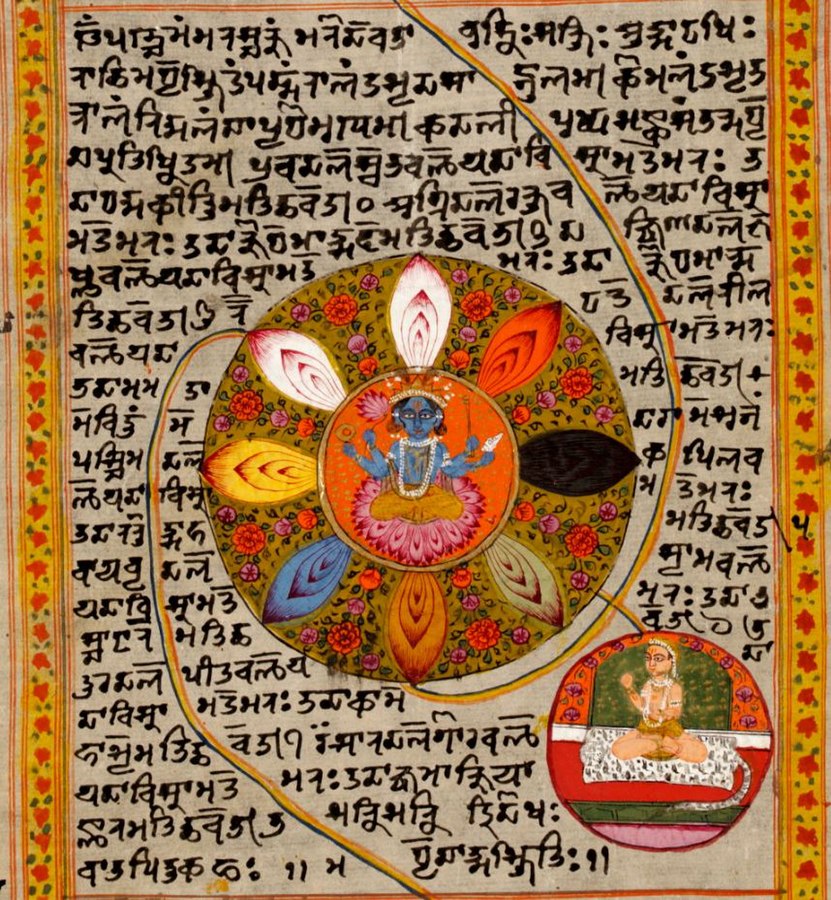
The Sharada script is another forgotten script of Indian languages. This script was used to write the Kashmiri language, which is spoken in the region that is now Jammu and Kashmir. The Sharada script was used from around the 9th century CE to the 14th century CE. It was written from left to right, and it was similar in structure to the Devanagari script. Today, the Sharada script is no longer in use, and very few examples of it survive.
Modi script
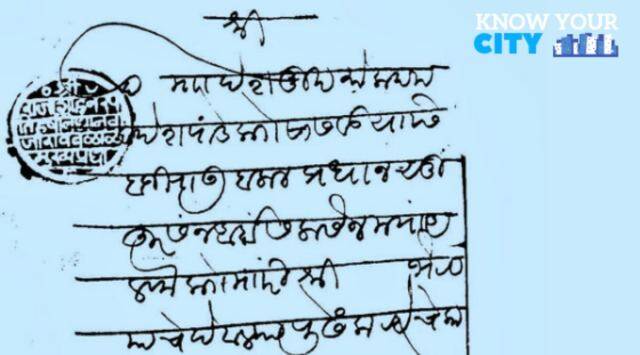
The Modi script, also known as the Moḍī script, was a script that was used to write the Marathi language. It was developed in the 13th century CE by the saint and poet Namdev. The script was widely used in the regions that are now Maharashtra and parts of Karnataka, and it continued to be used until the 20th century. The Modi script was written from left to right and had 46 letters. The letters were cursive and were often written in a flowing manner, with some letters being written above or below the line. The Modi script was derived from the Brahmi script and had similarities with the Gujarati script.
Takri script
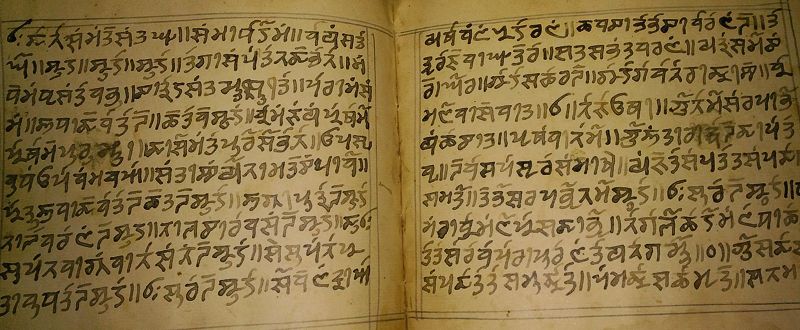
The Dogri language traditionally used the Takri script for writing, which is a script used primarily in the Northwestern region of India. Takri script was mainly used by the Dogri-speaking community of the Jammu region of present-day Jammu and Kashmir state and the state of Himachal Pradesh in India. However, with the advent of the modern Devanagari script, most of the Dogri literature is now written in the Devanagari script. The Takri script is still used in some parts of the region for ceremonial purposes, but it is no longer in common use for daily writing and reading.
India is a country that has a rich linguistic heritage, with many languages and scripts that have evolved over time. While some of these scripts are well-known and widely used today, there are also several forgotten scripts of Indian languages that have been lost to history. These scripts were once used by different communities in India to write their languages, but over time, they were gradually replaced by other scripts. Despite the loss of these scripts, they are still a part of India's cultural heritage and offer insights into the country's rich linguistic history.


